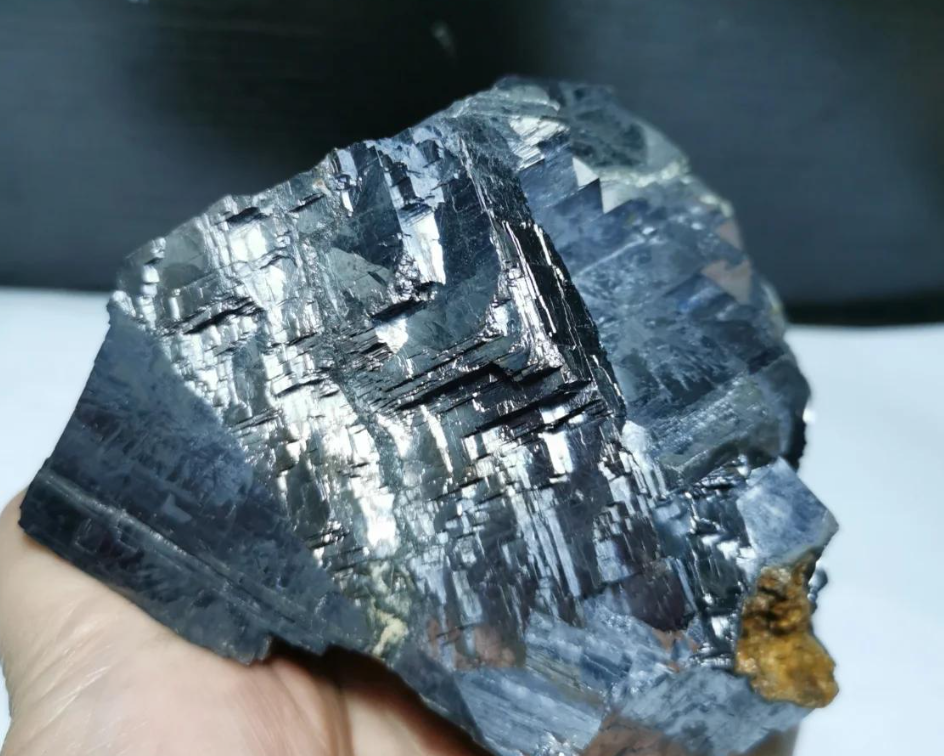According to geological research and actual deposit data, lead ore containing 79% lead, 6.86% silver, and 0.49% iridium has a theoretical possibility of existence, but it needs to be analyzed in conjunction with specific mineralization conditions
Rationality of lead ore purity
The theoretical lead content of galena (PbS) can reach 86.6%, and in actual mining, the purity of 79% belongs to a higher grade, which meets the requirements of ISO 630 standard for lead concentrate.
The lead grade of the Dexin lead deposit in Xizang ranges from 0.53% to 5.45%, but high-purity ore bodies can be formed under specific geological conditions.
The specificity of silver content is 6.86%, which is significantly higher than the common level of silver associated with lead mines (usually<3%).
But historical records show that ancient Egypt and Babylon once mined silver bearing galena, and modern industrial galena with silver content exceeding 5% requires special beneficiation processes.
The rarity of iridium content is 0.49%. Iridium content is extremely rare and usually exists in trace amounts in lead ore.
If the deposit is related to ultrabasic rock masses (such as certain platinum group element deposits in South Africa), iridium may be enriched through special geological processes.
The current lead price for economic value assessment is about 500 yuan/ton, and high-purity ore can reduce smelting costs.
The added value of silver and iridium is significant:
Calculated at 1500 yuan/kg, a silver content of 6.86% can contribute 1.029 million yuan/ton of value-added
Iridium, calculated at 1.2 million yuan/kg, has a potential value of 5.88 million yuan/ton with a 0.49% content
Please note that such extreme component ore bodies need to be verified through XRF and EPMA, and iridium recovery technology may affect actual economic benefits.
Suggest further research on the genesis of mineral deposits and mineral processing experiments.

 English
English  Español
Español  Português
Português  русский
русский  français
français  日本語
日本語  Deutsch
Deutsch  Tiếng Việt
Tiếng Việt  Italiano
Italiano  Nederlands
Nederlands  ไทย
ไทย  Polski
Polski  한국어
한국어  Svenska
Svenska  Malay
Malay  বাংলা
বাংলা  हिन्दी
हिन्दी  Pilipino
Pilipino  Türk
Türk  عربى
عربى  Indonesia
Indonesia  norsk
norsk  čeština
čeština  Українська
Українська  Javanese
Javanese  فارسی
فارسی  తెలుగు
తెలుగు  Burmese
Burmese  български
български  Latine
Latine  Azərbaycan
Azərbaycan  Српски
Српски  Esperanto
Esperanto  Afrikaans
Afrikaans  Català
Català  Cymraeg
Cymraeg  Беларус
Беларус  Hrvatski
Hrvatski  Kreyòl ayisyen
Kreyòl ayisyen  Shqiptar
Shqiptar  Bosanski
Bosanski  Кыргыз тили
Кыргыз тили  ಕನ್ನಡ
ಕನ್ನಡ  IsiXhosa
IsiXhosa  Chichewa
Chichewa  Somali
Somali  O'zbek
O'zbek  հայերեն
հայերեն  Sundanese
Sundanese  Malagasy
Malagasy 






